Planning a summer kitchen? Use these 17 questions as a guide to creating a useful, well-designed space for outdoor cooking and preserving.
Planning a Summer Kitchen: 17 Design Considerations
Before the days of electricity in the house or the air conditioner cooling off the living spaces from the heat of summer and cooking, there were summer kitchens.
It was an effort to keep the house as cool as possible. They are also known as outdoor kitchens.
Planning a summer kitchen meant creating a space designed for putting up food for the year, canning, preserving, pickling, and processing. It all took place on a wood-fired stove, which created enough heat to chase everyone out of the house.
Using a Summer Kitchen Today
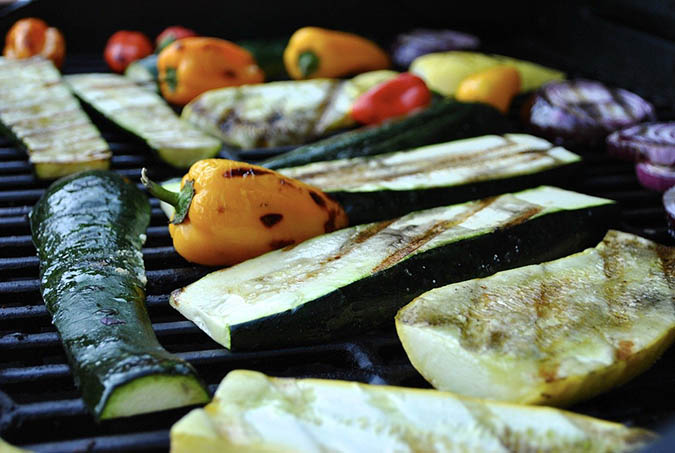
Image by Angela Henderson Orr from Pixabay
When I lived on a small island in the Caribbean, our tiny beach cottage had a kitchen on the porch. Why? So cooking a meal wouldn’t heat up the entire 400 sq. ft. house. Unlike summer kitchens of North America, this little work space was our main kitchen year-round rather than seasonally.
In the past, the food was often prepped in the kitchen, but it wasn’t stored there. Herbs would dry in the attic; flour and vegetables were kept in a cool cellar. You would walk all over the house to gather the ingredients for a meal.
You May Also Enjoy:
“How to Create Food Security for You and Your Family”
When electricity started making its way into homes, the summer kitchen was abandoned.
However, these outdoor kitchens are starting to make a comeback because people want to get closer to their food supply. There is no better way to get closer to nature and the food we eat than having a summer or outdoor kitchen.
Questions to Ask When Planning a Summer Kitchen
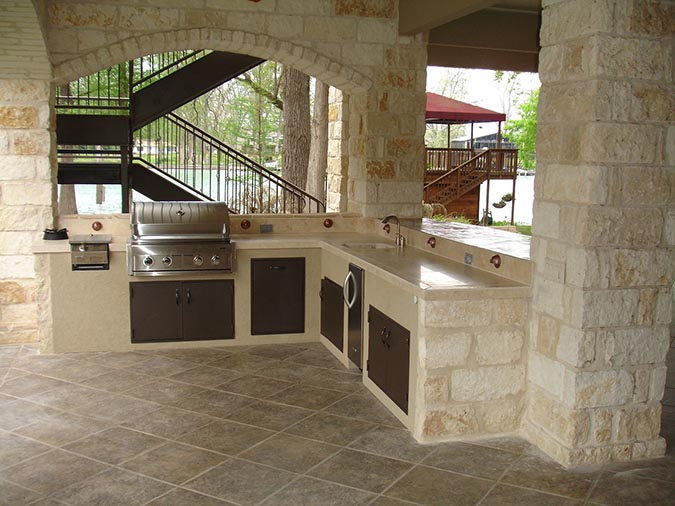
Image by Allison Gillett from Pixabay
When planning a summer kitchen, think about function, efficiency, and comfort. What do you need now and what can come later?
An efficient summer kitchen space could be as simple as you want it to be or as elaborate. Oh, and that pizza oven you want: is it a necessity or is it a luxury?
Here are some questions to ask yourself when planning a summer kitchen:
- Do you want it to be seasonal or permanent?
- Does it need to be enclosed, partially enclosed, or open to the elements?
- Does it need shade?
- Do you need seating? A table?
- What will you need to store? Food? Spices? Cutting boards? Silverware? Plates & Bowls? Cookware?
- Is there a nearby herb or veggie garden?
- Do you need running water?
- What about a greywater catchment system?
- Is a compost pile nearby?
- What will you cook on?
- Do you need an oven? A SUN OVEN? A dehydrator?
- Is the ground level where you want to put the kitchen?
- Do you need refrigeration?
- What will you do when it rains? When it’s windy? When it’s blistering hot?
- Who will be using the kitchen?
- Who will be in the kitchen, particularly at the same time?
- How do you spend your time in the kitchen? Cooking or baking? Entertaining? Dishes?
Think Triangular Work Space When Planning a Summer Kitchen
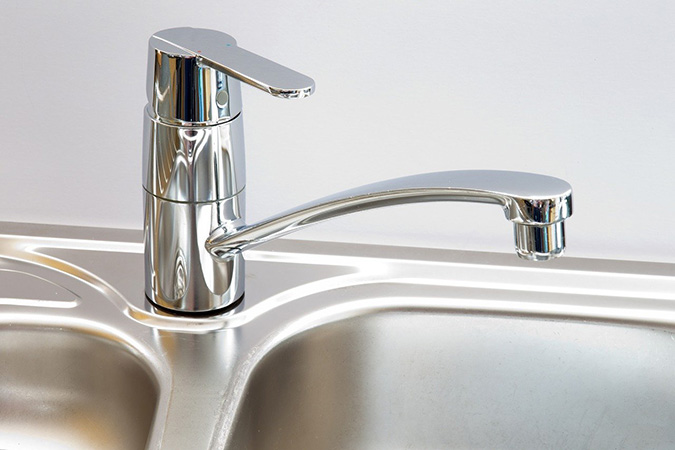
Image by Ron Porter from Pixabay
The triangle is a great shape when designing an efficient kitchen workflow, no matter the location of the kitchen.
When you’re planning a summer kitchen, think about how you work in the kitchen when you prepare a meal. You take the food out of the fridge. Then it is taken either to the sink or the stove area. Cleanup goes from the stove and prep areas to the sink, and leftovers get put in the fridge.
Have a plan before you create your outdoor kitchen. Take a good look at what will fit in the space that you’ve allowed when planning a summer kitchen. Two ways into and out of the space will help with flow.
You May Also Enjoy:
“How to Care for Cutting Boards”
Start with the sink. That’s where you’re going to spend a lot of your time, cleaning, prepping, and doing dishes. You’ll also want a beautiful view while you’re doing your work, right?
In the cooking area, you’ll want to be able to socialize with family and friends.
You’ll probably want between 18 in. to 36 in. for a comfortable prep area. There’s nothing worse than not having enough prep area. Am I right?
When planning a summer kitchen, think about walkways and flow into and through the space, too.
Set Your Summer Kitchen Up Into 5 Zones
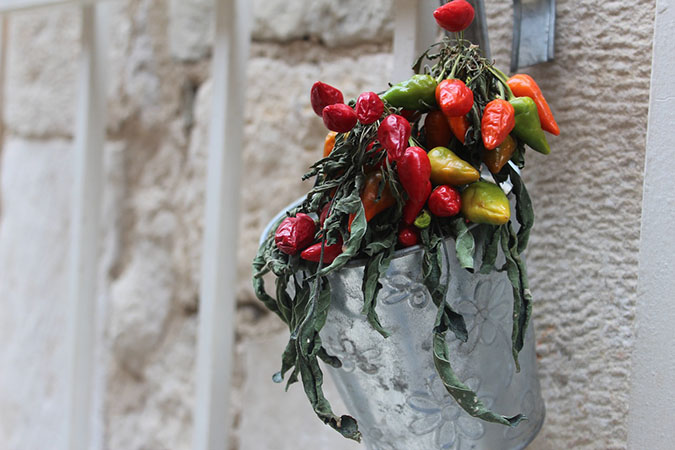
Image by joannaciupa from Pixabay
When planning a summer kitchen, keep 5 zones in mind:
- Food storage (fridge, cabinets, or pantry)
- Dishes
- Cleanup (sink area)
- Prep area
- Cooking
Store items as close to their zone as possible. For example, knives, mixing bowls, cutting boards, and wooden spoons should be in the prep area. Cooking and baking pans should be in the cooking area.
Store your dishes close to the sink. Having a cabinet above the sink where your dishes dry and store all in one place is amazing.
Food Preservation in Your Summer Kitchen
When my grandmother canned her summer vegetables, outdoor kitchens were the norm, not a luxury. She’d set up her outdoor kitchen under a giant poplar with the chickens running all around the yard. If grandma did it, so can you!
Preserving your harvest is wonderful in the cold, winter months. It may take time and effort right now, but it is well worth it.
You May Also Enjoy:
“102°F to 85°F: Off-Grid AC and Survival Cooling”
Life slows down a little bit, so you can enjoy family and friends.
When planning a summer kitchen, keep in mind that there are three methods of preserving food it’s particularly well-suited to: storage, canning, and drying.
The important thing is to start where you are. Check out this video for more tips.
Storage
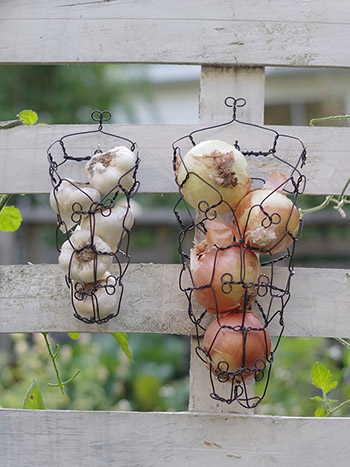
Image by Dave Charest from Pixabay
A handful of vegetables can be stored, but only for a limited amount of time. Here is a great article about storing fruits and vegetables from the University of Missouri Extension Office.
You can store:
- Potatoes
- Sweet potatoes
- Beets
- Turnips
- Parsnips
- Carrots
- Leeks
- Radishes
- Horseradish
- Rutabagas
- Garlic
- Onions
Make sure veggies are firm. Remove any dirt, but do not wash the vegetables. Place the veggies in a box or bin. Air should circulate around the veggies. Slatted wooden boxes and wire baskets work great for this.
Canning
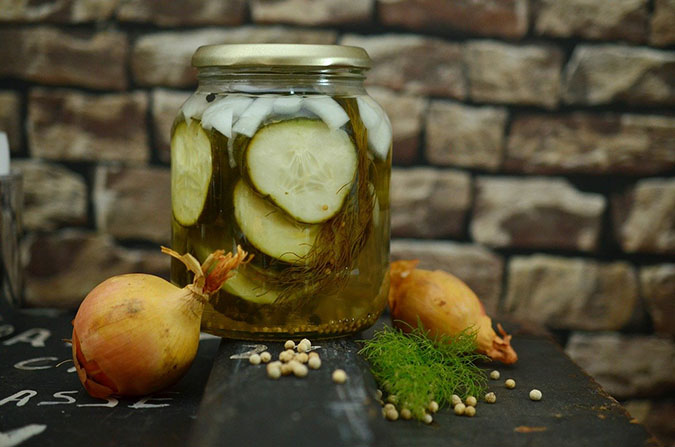
Image by congerdesign from Pixabay
If you’re going to be canning, make sure you have all of your supplies handy.
- Canning jars and lids
- Water bath canner
- Pressure canner
- Funnels
- Ladles
- Pectin
- Spices
- Salts
- Jar Lifter
Here’s a recipe for “Canned corn that’s sweet every time.”
Know which fruits and vegetables need to be pressure canned versus water-bath canned. The book “Stocking Up” is invaluable for this purpose.
The Grow Network also offers excellent mini-courses on pressure canning and water-bath canning in our Academy.
Drying
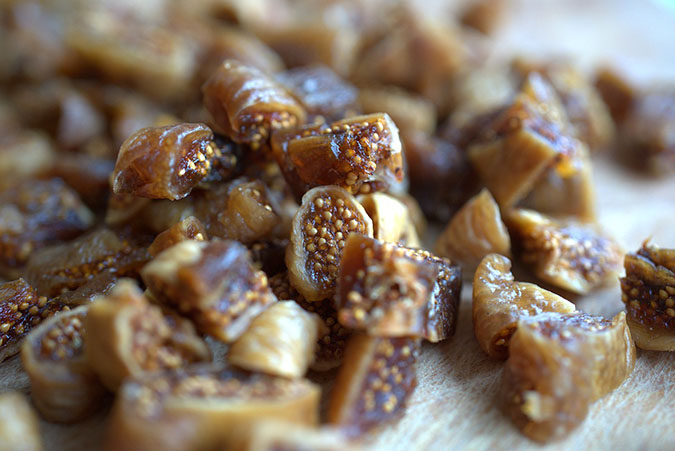
Image by Andreas Lischka from Pixabay
It’s super-easy to dry fruits and vegetables. You can even do it in a SUN OVEN! Dried foods can be stored indefinitely, as long as they are kept dry.
You can dry:
- Root vegetables
- Beans of all kinds
- Cereal and grains
- Celery
- Herbs
- Peas
- Peppers
- Berries
- Fruits with high sugar and low moisture
Here is a great article with dehydrator recipes.
What Do You Think?
If you’ve been planning a summer kitchen, perhaps now is the time to get it built. Share your thoughts on how you would set it up in the comments below!
________________
This is an updated version of an article that was originally published on June 13, 2018. The author may not currently be available to respond to comments, however we encourage our Community members to chime in to share their experiences and answer questions!
The Grow Network is a participant in the Amazon Services LLC Associates Program, an affiliate program designed to provide a means for our team to earn fees for recommending our favorite products! We may earn a small commission, at no additional cost to you, should you purchase an item after clicking one of our links. Thanks for supporting TGN!

The Grow Network is a global network of people who produce their own food and medicine. We’re the coolest bunch of backyard researchers on Earth! We’re constantly sharing, discovering, and working together to test new paths for sustainable living—while reconnecting with the “old ways” that are slipping away in our modern world. We value soil, water, sunlight, simplicity, sustainability, usefulness, and freedom. We strive to produce, prepare, and preserve our own food and medicine, and we hope you do, too!
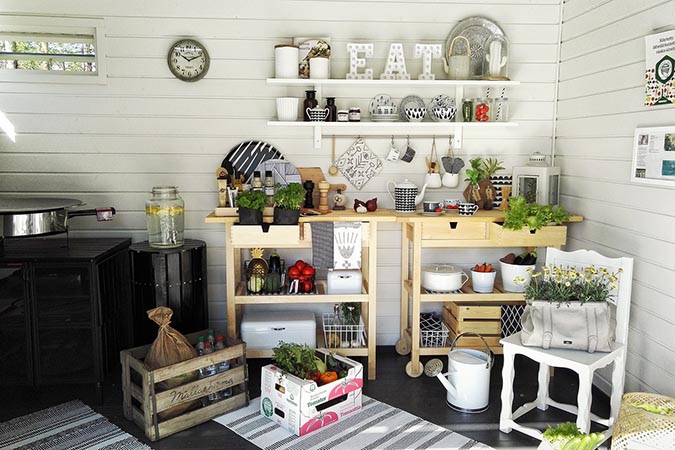
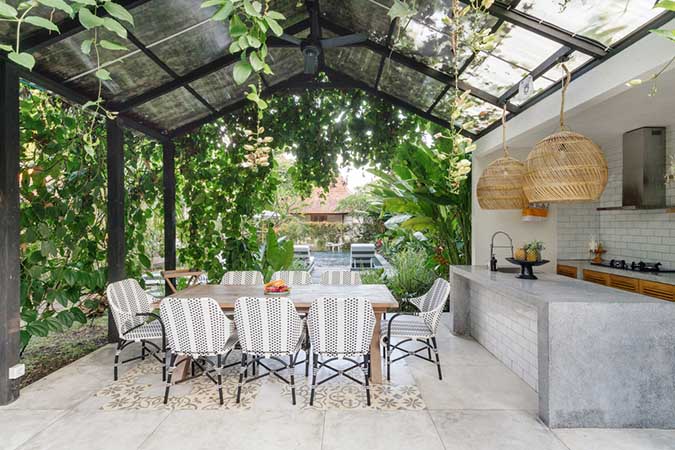
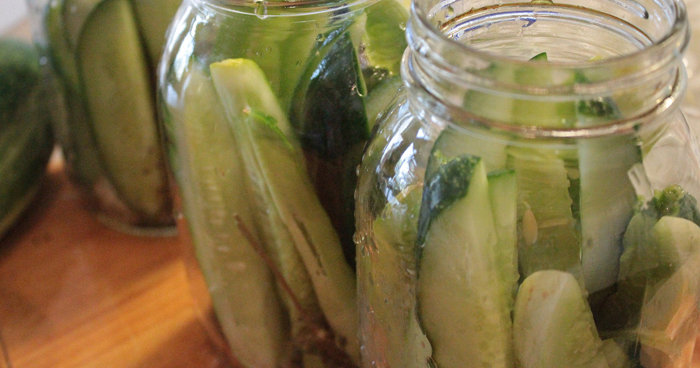







COMMENTS(4)
I love this! I don’t see this happening for me in the foreseeable future…but I can still dream. Thanks!
I’ve always had an outdoor kitchen, I call it that because I use it year round. A couple things you missed are a fireproof roof (metal instead of wood that will catch fire and burn your house down with it), and metal screens, there are other screen materials, but they can harbor bad things, melt, or not stand up to the elements the way a metal screen can. Outdoor kitchens attract a lot of flying insects, screens are a good investment as well as good ventilation. Other considerations are ample electricity (on separate breakers so you don’t overload it while cooking large holiday meals for a lot of people). My convection oven with rotisserie chews through a lot of electricity and if it’s on the same breaker as the microwave then they will overload the circuit and throw the breaker. If your outdoor kitchen is in full use for large family gatherings, then the middle of cooking food is not a good time to monkey around with load balancing electrical. A gas line is nice if you have a gas oven, burners, bbq grill, etc. And if you have these under a roof, a kitchen hood above them is a must (unless you like fire and smoke and burning your house down). I don’t have a sink, nor do I care to have one. If I had a sink I would have to give it some heavy frost protection and install pipe warmers to keep the pipes from freezing in the winter (in addition to insulation). The sink being inside the house and protected by the house suits me fine. Refrigerators and freezers also work better and last much longer indoors, so I don’t have those outside either. My outdoor kitchen is where I have my my gas grill, charcoal grill, ceramic smoker, electric rotisserie convection oven, a gas convection oven/range, wood fired oven, and fire pit. It can be 110 degrees outside and I can have an apple pie baking in my outdoor kitchen without killing my indoor air conditioning. In the winter I will still cook my bacon and anything smoky(smelly) in the outdoor kitchen but I might cook an apple pie in the indoor house kitchen to enjoy the smell and warmth. I would never consider being without a good outdoor kitchen. My outdoor kitchen handles about 60 to 70 percent of my cooking and makes it possible for me to cook for family gatherings that have been as many as 56 people. For many, a bbq grill serves as a summer kitchen, but if you do a decent amount of cooking, then an outdoor kitchen is what I consider far more important than an indoor kitchen, but having both is really nice, serves redundancy (cus stuff breaks from time to time), and allows me to be as nimble as the weather. It’s really really nice.
Wow Creative, your comments are awesome suggestions. We should’ve had you write the article 🙂
In Texas, an outdoor kitchen is almost mandatory… LOL. And with anyone seriously growing food you definitely need prep areas that are not inside as it can get pretty messy. Your setup sounds amazing.
Sounds like and intriguing idea. I live in the Northwest, and our summer are often cool, windy and wet. I would need to take that into account if I were to plan and outdoor kitchen